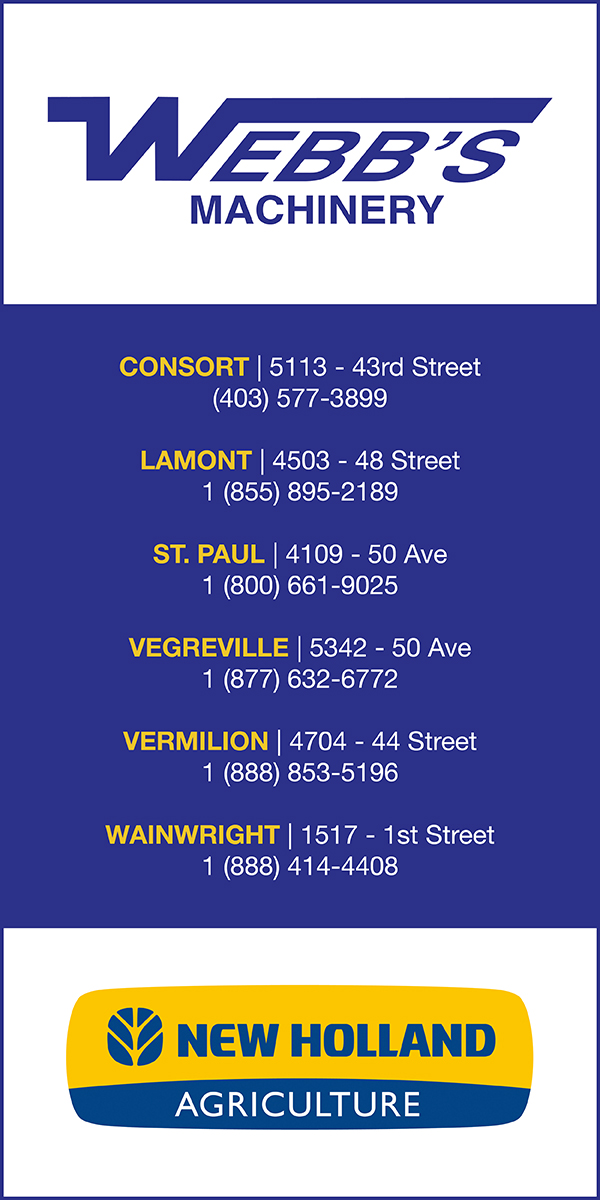“Cow/calf operators are looking farther afield this year for their forage supplies,” says Ted Nibourg, business management specialist with Alberta Agriculture and Rural Development. “With the high cost of forage and the cost of trucking, it may make sense to move the cows to the feed rather than the other way around.”
Average-sized cows weighing about 1300 lbs before calving will cost $1.60 to $1.75/head per day to feed. After calving, the feed costs for a 1300 lb cow should range between $1.75 and $1.90/head per day. This is based on current hay prices of $120 – $140/ton, barley prices between $2.80 -$3.20/bushel and silage valued between $35 – $37/wet ton.
This fall’s range of quotes for yardage on overwintered cows is ranging between $0.75 and $1.00/head per day. For a relatively modest group of cows of around 100 head, yardage costs will run approximately $0.80/head per day. This is assuming a feeding period of 200 days. Annual ownership costs of facilities, including depreciation, taxes, insurance and interest on investment, will total about $2400. Annual operating costs for the feeding equipment will run approximately $5700, which again covers depreciation, insurance and interest on investment. Remaining variable costs (charges for power, heat, fuel, repairs and operator labour) for the feeding period will be about $7900. The total yardage costs of $16,000 is spread over 20,000 cow-days.
“One can easily see that economies of scale come into play,” says Nibourg. “While more cows will not affect variable costs much, they will reduce the per cow operating and ownership costs. This is the reason larger lots are able to charge less for yardage.”
Typical calving charges are between $25 and $50 per live calf. Extra vet and medicine costs are over and above this cost. Occasionally, higher priced calves such as purebreds will incur higher calving charges mainly because the perceived value of the calves is higher.
“The best way to ensure that cows are maintained properly is to monitor their body condition,” says Nibourg. “To protect both parties, it is advisable to agree upon a body condition of the cows going into the custom operation. Both parties should agree on a body condition for when the cows leave after the feeding period. Furthermore, some system of mid-period monitoring should be in place to prevent a yo-yo feeding effect. The Alberta Farm Animal Care group has developed a Term Care Agreement for Livestock to help producers manage the care of custom fed cows. The agreement is posted on the group’s website at www.afac.ab.ca.”




